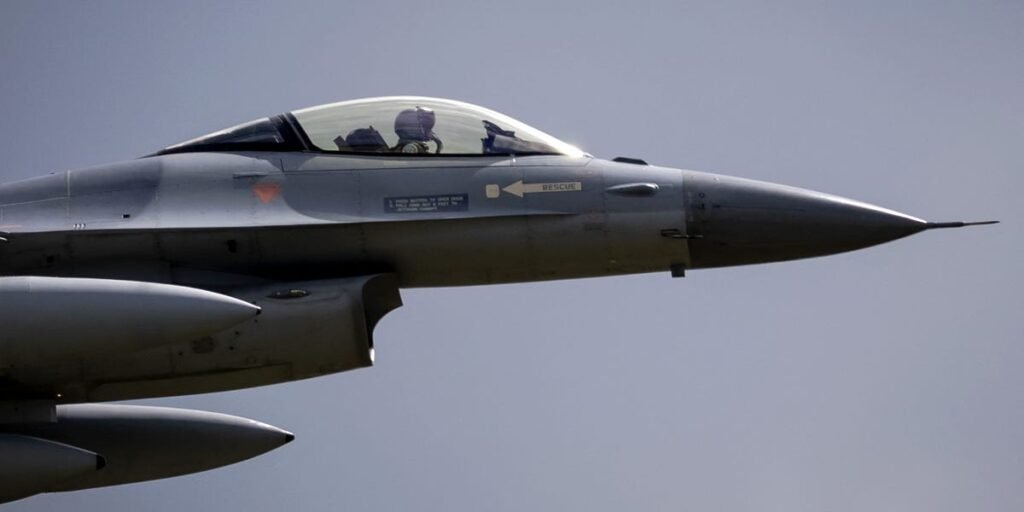Europe has “largely” filled the gap for aid to Ukraine after the US stopped supplying new packages in January, according to a leading organization that tracks the donated assistance.
The Kiel Institute for the World Economy found that in the first four months of 2025, the monthly average amount of all aid to Ukraine increased by 2.4 billion euros, or $2.7 billion, compared to monthly averages from the rest of the war.
Since Russia invaded in February 2022, the West has provided Ukraine with $312 billion worth of aid. Most of that is split between military assistance, such as weapons and ammo, and humanitarian aid, like food and infrastructure support.
The US, by far Ukraine’s largest individual donor, previously supplied about half of the West’s military aid to Kyiv and about a third of the non-military aid given to Ukraine.
But it has ceased announcing new major packages since President Donald Trump returned to the White House in mid-January. He has tried to negotiate an end to the war with Moscow.
“With US contributions stalled, the key question is whether Europe can fill the gap,” the Kiel Institute wrote in its analysis published on Monday. “The latest data suggest that Europe has largely done so, at least in financial terms.”
A major spike came in March and April, when the continent allocated a total of 10.4 billion euros in military aid and 9.8 billion euros in humanitarian and financial aid, per the German think-tank.
Kiel analysts found that the European surge was led by the UK, France, and the Nordics, which include Denmark, Iceland, Norway, Sweden, and Finland.
From January to April, the UK spent 4.5 billion euros on Ukraine, partially supplemented by incomes from frozen Russian assets, while France spent 2.2 billion euros. Meanwhile, the Nordics boosted their aid allocation to a combined 5.8 billion euros over the same period.
“As a result, Europe has, for the first time since June 2022, surpassed the US in total military aid, totaling 72 billion euros compared to 65 billion euros from the US,” wrote Kiel analysts.
European Union institutions, which help to distribute financial aid from their members to Ukraine, also allocated about 12.2 billion euros in non-military assistance during that period.
By contrast, several of Europe’s other biggest economies barely increased their contributions.
Kiel analysts wrote that Spain has allocated 10 million euros for Ukraine so far this year, while Italy has earmarked 20 million euros.
Allocations from Germany, one of Ukraine’s most stalwart supporters, dropped about 70% to 650 million euros compared to the same period of 2024.
Berlin signaled in the fall of last year that it would cut its 2025 budget for Ukraine by nearly half — from 7.5 billion euros to 4 billion euros — as lawmakers sought to curb loan-taking from the government.
With Germany lacking funds to maintain its aid flow, lawmakers have debated taking from social spending and pensions to avoid accruing further government debt.
Faced with the same looming funding issues, Europe has deliberated over unlocking about $218 billion in Russian assets frozen in its banks. But it’s a controversial move, with fears that seizing the funds could undermine the continent’s reputation with other big players such as India, China, and Saudi Arabia.
The EU has instead pursued less aggressive initiatives, such as a $50 billion loan to Ukraine using Russian funds and paying Kyiv interest on the frozen assets.
Europe has not, however, outlined a long-term plan to continue supporting Ukraine.
“It remains to be seen whether this is a temporary spike or the beginning of a more lasting shift in Europe’s role as the main supporter of Ukraine,” said Christoph Trebesch, the head of Kiel’s team tracking Ukraine support, in the think-tank’s analysis.
Read the full article here

















